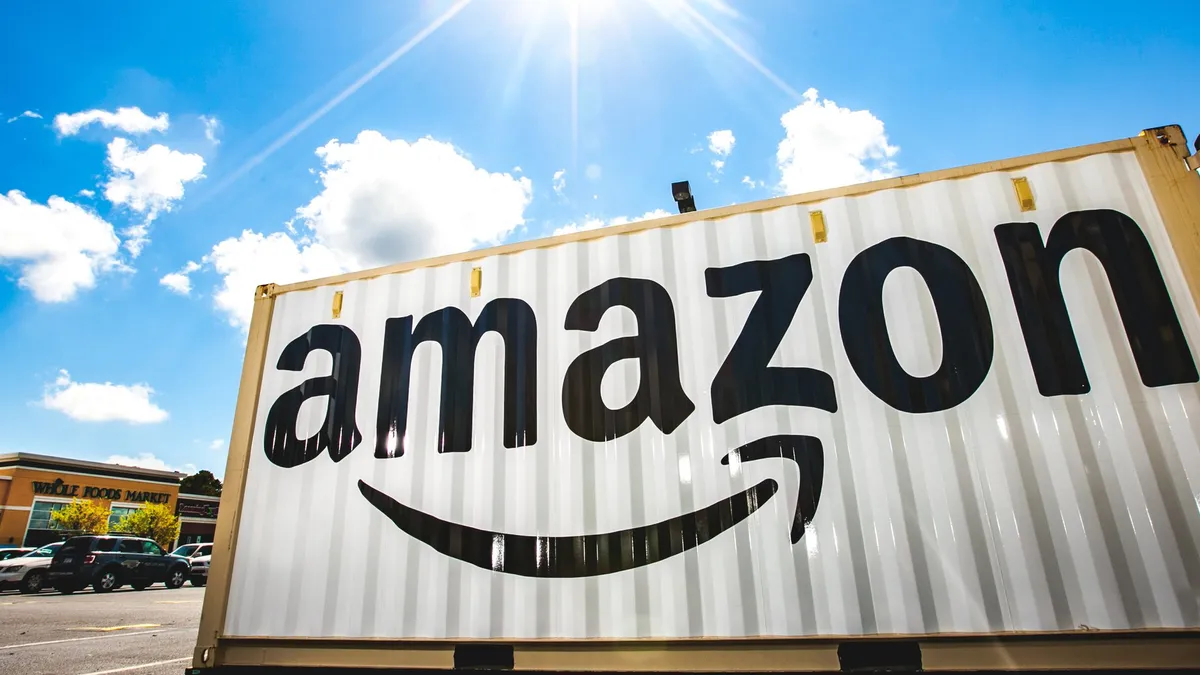As Amazon named New York City and northern Virginia winners in its HQ2 contest, local leaders celebrated the anticipated direct economic gains, as well as the "clustering effect" that is likely to create even more jobs than Amazon's promised 25,000.
But with Amazon’s influx of white collar jobs expected to pay an average of $150,000 each, others employers in those cities may wondering if they drew the short straw. After all, the latest reports put New York City’s unemployment rate at 3.9% — a 30-year low. And in Crystal City (or National Landing, as Amazon called it), just outside Washington, D.C., unemployment stands at a paltry 1.8%. With employers there already struggling to fill tech jobs, staffing experts in those cities say that employers have no time to waste in making sure their offerings and hiring and retention programs are competitive.
Primed for tech: the winning formula for NY, VA
Experts have begun assessing why these two locations were selected among the 20 semifinalists. Both areas are already invested in technology, but have a strong presence in other industries as well.
"New York is flush with talent, and not just on the tech side," Jason Deneu, VP and metro market manager of Robert Half Technology in New York, told HR Dive via email. Location also was key, with the reasonable commute to New York’s Long Island City from a variety of the city’s boroughs. "It gives [Amazon] a lot of different talent pools to dip their collective toe in," he wrote.
Similarly, the D.C. metro area has turned into one of the great tech hubs of the East Coast, according to Shafin Moledina, Robert Half's VP and metro market manager in D.C. The more cutting-edge technologies developed there, "the more attractive of a destination it is for top tech talent," he said in an email. While the D.C. area is known for government projects, the area has expanded, he added. Over the past 10 to 15 years, the district saw a number of companies in different verticals gravitate toward the area, including those in tech and healthcare, he said.
Current employers need to prepare
Even as New York City and Arlington County begin the process of configuring their infrastructures to support 25,000 additional people, area employers face a different challenge: How do they compete against Amazon, not to mention the other firms that are sure to follow? (Case in point: another tech giant, Google, plans to double its New York employee base to 14,000 in the next 10 years.)
For employers in those areas, now is the time to prepare. Take a look at your entire hiring process, Moledina said. "What can you do to speed it up and showcase what a great place your company is to work?" In a tight and competitive market, employers need to do everything they can to differentiate themselves from the competition, he added. Deneu agreed, suggesting that because Amazon’s traditional hiring practice involves four to five steps, including multiple interviews, employers can compete by streamlining their own hiring processes to bring candidates on board more quickly.
Employers also need to review their retention efforts, Deneu said: "Taking inventory and asking yourself important questions about pay, benefits and your overall corporate culture is vital." This may mean providing wellness benefits, offering more remote work or providing commuter benefits, he noted.
There's at least one positive for Amazon competitors, however. As candidates flock to Amazon from outside the HQ2 areas, they add to the number of potential candidates for all companies. As Moritz Kothe, CEO of kununu previously told HR Dive, when Amazon arrives, area employers may initially struggle making hires, but that will change eventually. "Long term, the talent pool will be bigger and more mature so it should be better for companies too," he said.
If nothing else, Amazon’s move to New York City and Arlington County highlights just how essential it is for companies to continually review their offerings and culture to ensure they're still working to attract and retain talent. "The bottom line is that we are in a candidate-driven market anyway. If you are just now considering ways to retain and attract talented professionals, you are behind," Deneu said.









